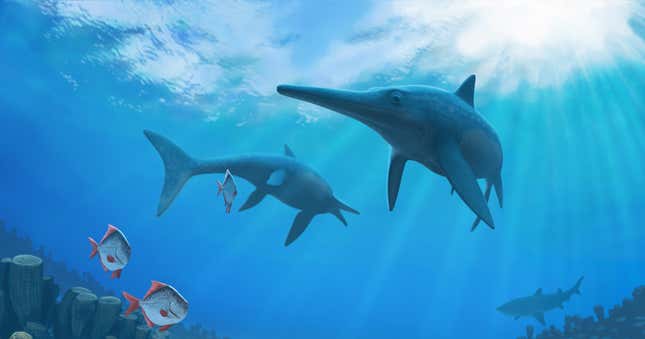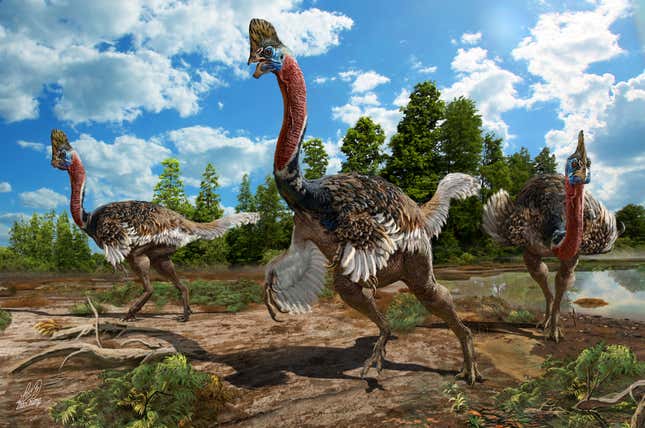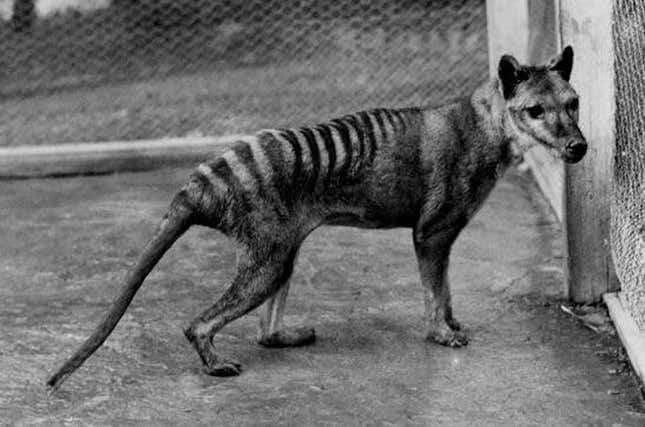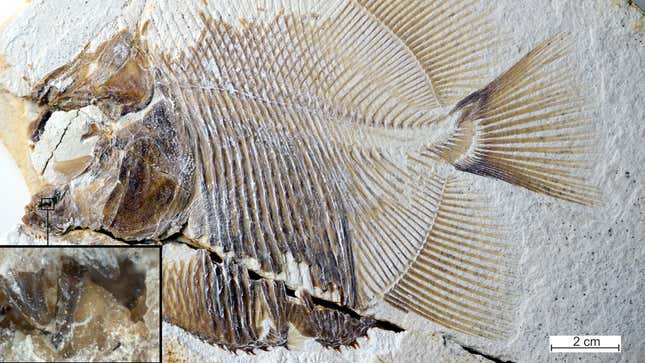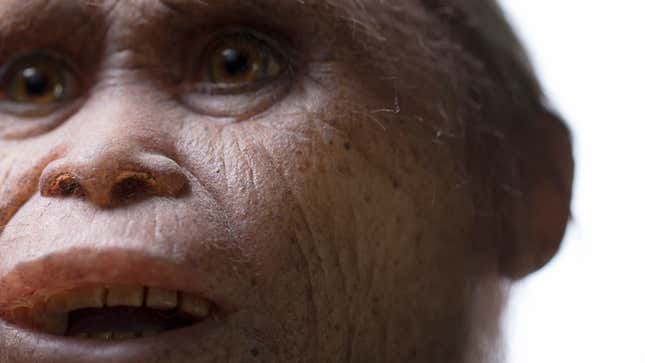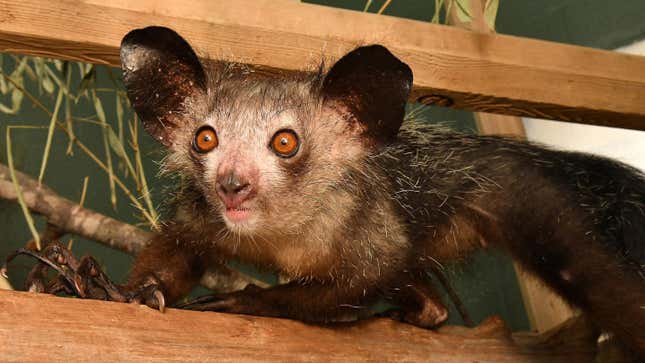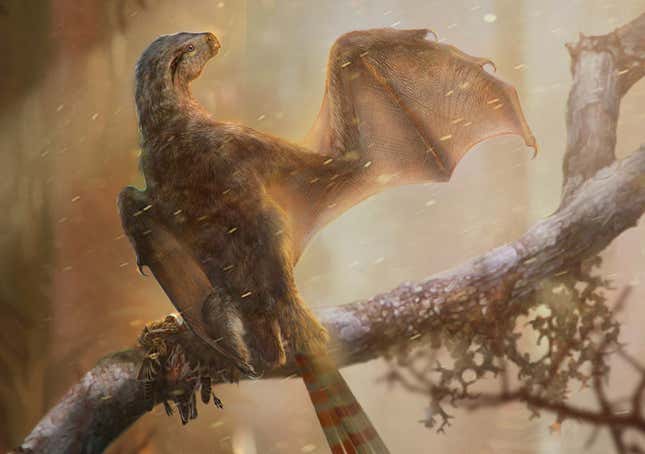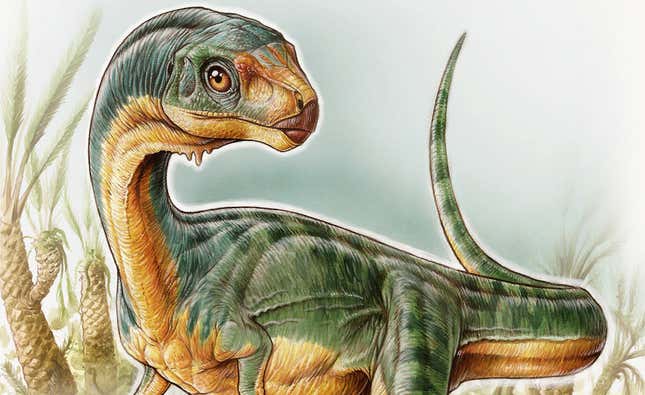
Sometimes, Darwinian natural selection stumbles upon the same solution more than once, in a process known as convergent evolution. Here are our favorite examples of evolution making the same creature, or same physical trait, twice.
In evolution, mutation is random, but selection is most certainly not. Every adaptive new trait acquired by a species was likely accompanied by countless failed experiments. The judge, as it were, in deciding which mutations are beneficial or not is brutally simple: ongoing survival.
For organisms caught in a Darwinian mode of existence—which is all of them—the space of all possible beneficial mutations is sufficiently small, a space ruled by physics, biological constraints, and environmental pressures. It sometimes happens that two unrelated species, separated by time and space, will find themselves living in the same ecological niche or facing similar evolutionary problems. When this happens, evolution will dip into its limited grab-bag of solutions—as you can plainly see in these striking examples.
This story was originally published on June 11, 2020.
